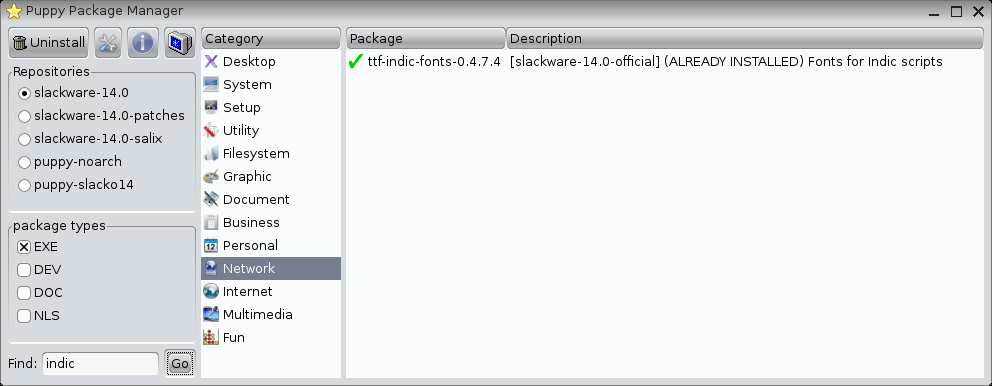
Programma Dlya Risovaniya Stellazhej
'I Do, We Do, You Do.' Take a minute and think about these words and the impact they could make each day in any school in the world. These simple words are part of the foundation and framework for instructional practices across Haslett High School, where I have been Principal for the past 11 years. Our district has been on a journey in recent years to improve the pedagogical practices of all of our teachers. As a high performing district, Haslett faces the challenge of working to close the gaps between high achievers and low achievers, and increase student success for all.  Our school leadership team, (made up of the School Improvement Chair, myself, eight teachers and an intervention specialist) understands that our main goal is for all of our students to achieve and be successful.
Our school leadership team, (made up of the School Improvement Chair, myself, eight teachers and an intervention specialist) understands that our main goal is for all of our students to achieve and be successful.
Microsoft Visual Studio Windows Dev Center Developer Network TechNet Microsoft developer program Channel 9 Office Dev Center Microsoft Garage. Artifox's latest pieces fall right in line with the brand's minimalist designs, and both feature cool mix and match accessories for added functionality.
And we have come to believe that the best way to maximize academic growth is through Explicit Instruction. Explicit Instruction is a structured, systematic, and effective methodology for teaching academic skills, supported by almost 30 years of research.  It is a direct approach to teaching that includes both instructional design and delivery procedures. In her book, Explicit Instruction, Anita Archer writes: “Explicit Instruction is characterized by a series of supports or ‘scaffolds,’ whereby students are guided through the learning process with clear explanations and demonstrations of the instructional target, and supported practice with feedback until independent mastery has been achieved.” Explicit Instruction does not exclude inquiry learning, it is just a matter of when to use it. The guiding principle of Explicit Instruction is that the more novice the learner, the more explicit the instruction should be. In other words, the inquiry process needs to be explicitly modeled so that students have the tools they need to be successful.
It is a direct approach to teaching that includes both instructional design and delivery procedures. In her book, Explicit Instruction, Anita Archer writes: “Explicit Instruction is characterized by a series of supports or ‘scaffolds,’ whereby students are guided through the learning process with clear explanations and demonstrations of the instructional target, and supported practice with feedback until independent mastery has been achieved.” Explicit Instruction does not exclude inquiry learning, it is just a matter of when to use it. The guiding principle of Explicit Instruction is that the more novice the learner, the more explicit the instruction should be. In other words, the inquiry process needs to be explicitly modeled so that students have the tools they need to be successful.
Our teachers do not assume 80 percent or more of their students have prior knowledge on a topic or an area to be studied. They begin by quickly assessing where knowledge gaps may be. By doing so, teachers can speed or slow the pace of instruction so students stay engaged with the learning. In addition, research tells us (Kirschner, 2004) that inquiry-based, discovery learning works well only with students with a lot of prior knowledge guiding them through the discovery process.